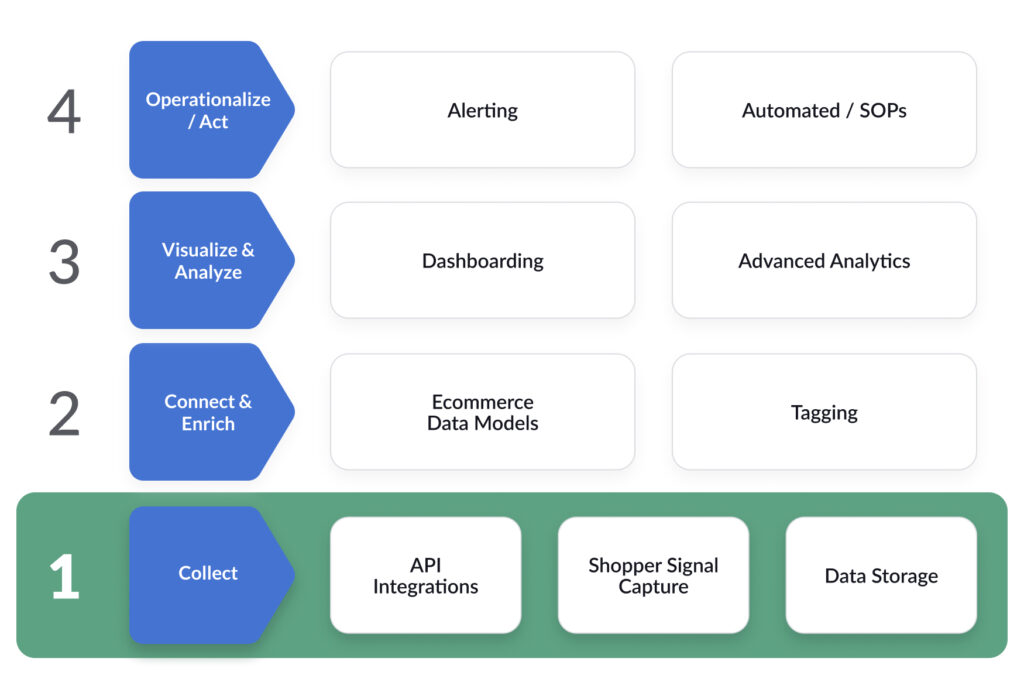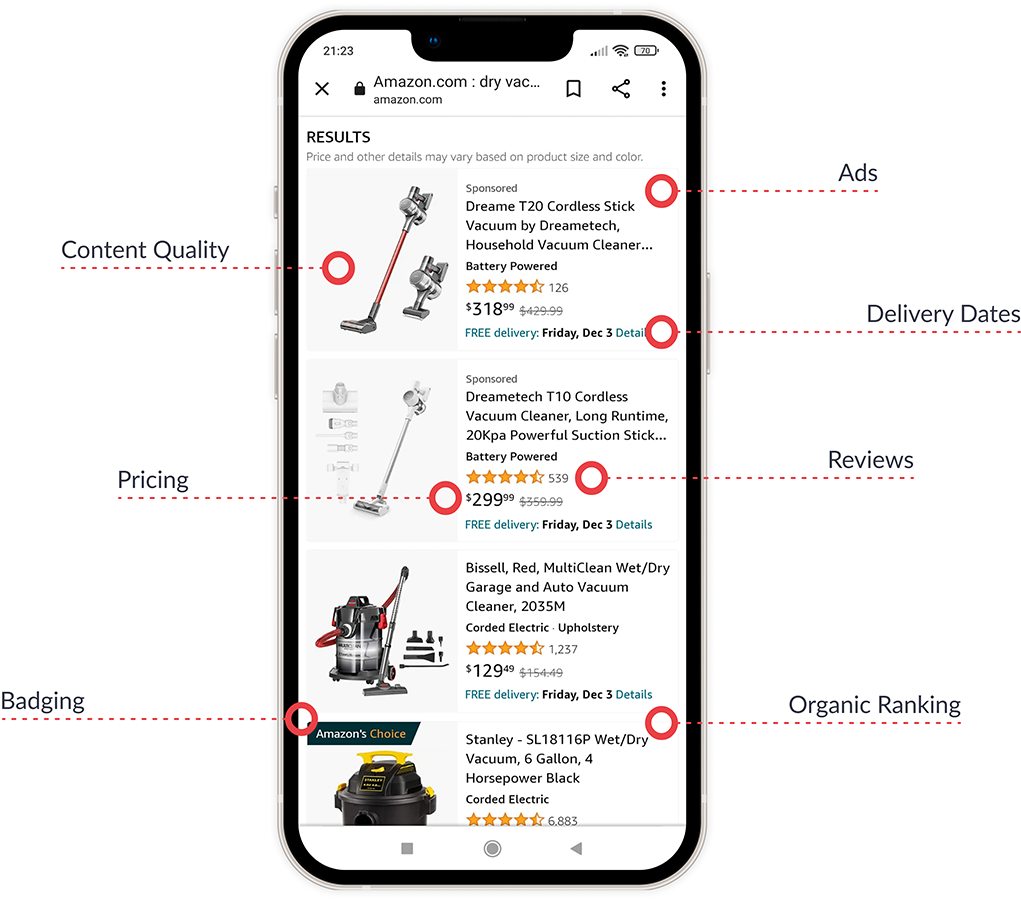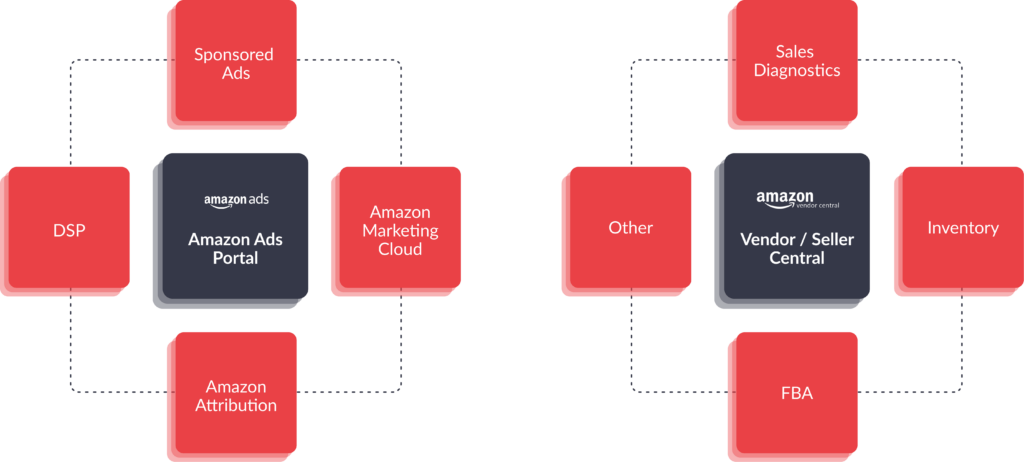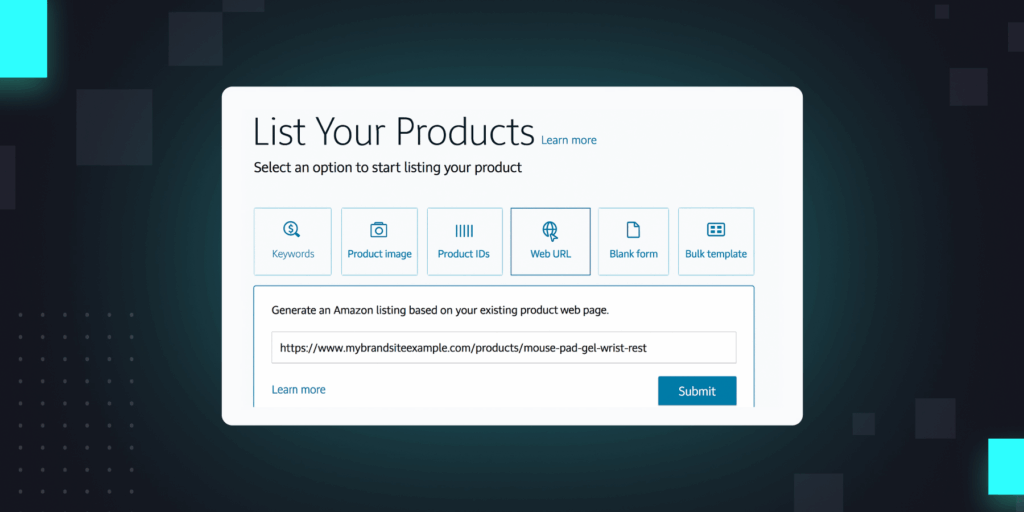We’re expanding upon the data strategy techniques outlined in our white paper, “Developing a 2022 Amazon Data Strategy.”
If brands and agencies operating on Amazon take away nothing else from our new series on building a data strategy, remember this: collecting and owning data is critical to growing a business on Amazon. And not just part of the data—all of it. Numerous interconnected factors influence buyer decisions—such as pricing, reviews, delivery dates, availability, and advertising, to name a few—and businesses must strive to see the complete picture.

Amazon data breaks down into two main categories: Retail operations data and shopper-centric data. Think of retail operations data as information about ads and sales, among other types, largely available via application programming interfaces (APIs), whereas shopper-centric data is the information that consumers see and are influenced by, such as reviews, organic ranking, and badging. Typically, retail operations data is lower in volume, but high in precision, whereas shopper-centric data is high in volume, but low in precision. Because of these characteristics, the two data types require distinct data collection and storage approaches.
Shopper-Centric Data

Retail Operations Data

Often, a company’s data is fragmented across third-party platforms, which is a mistake. If a brand is using an ad optimization tool, for example, all of the ad data typically resides in that tool. This can mean that if the relationship with the platform changes, a company’s data—its crown jewel—goes out the door too.
The first step in creating an Amazon data strategy is to collect all this data in one place.
Companies can start by owning their data, and set a goal to create more sophisticated systems over time. Corralling this data into one place gives a company a full picture of its Amazon channel performance, building the foundation to make smarter, better decisions. Data collection is the first of four critical steps to building a successful ecommerce data stack. Once a company has implemented comprehensive systems for collecting data, it can move onto the next phase of the data strategy journey: connect and enrich.






